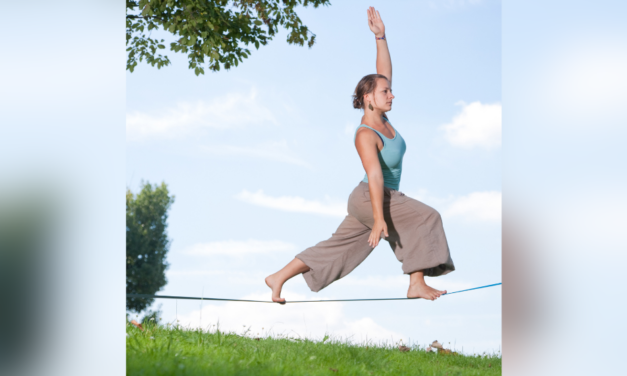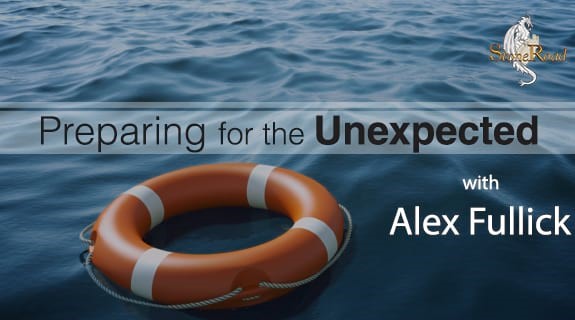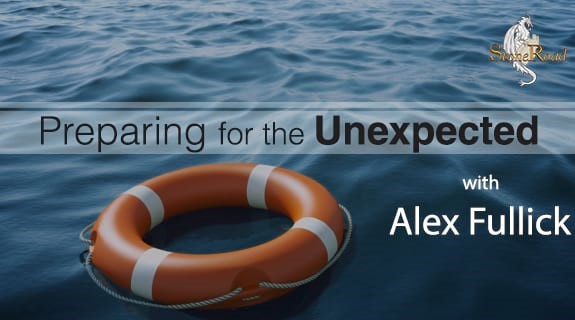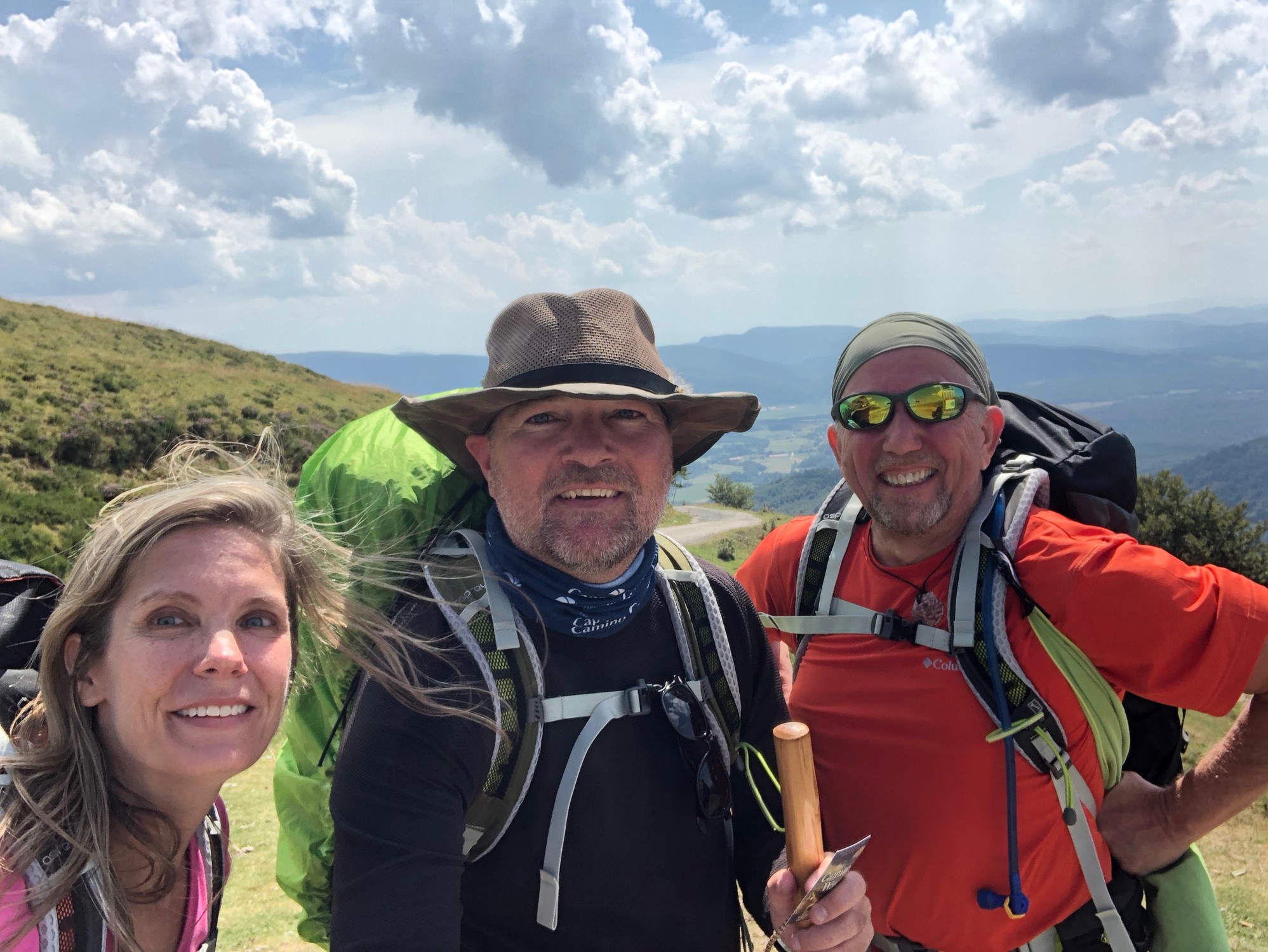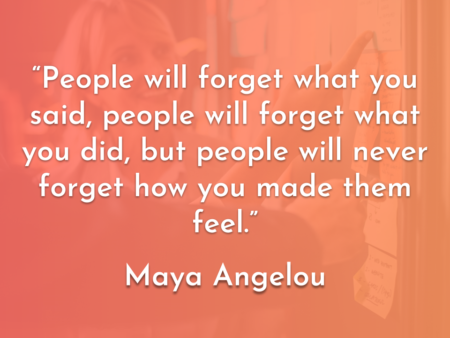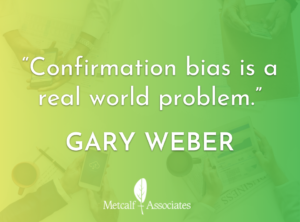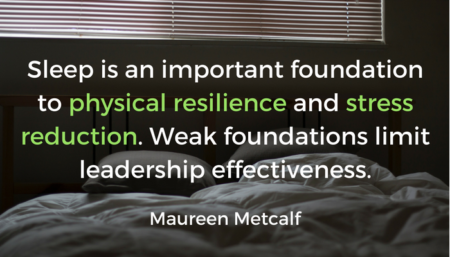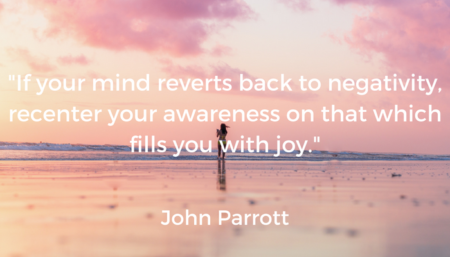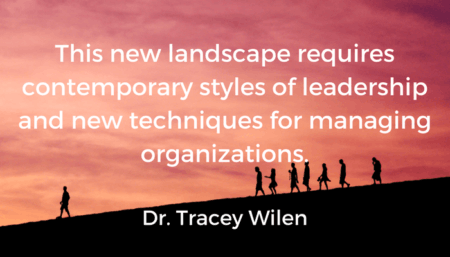Walking a Tightrope: Navigating the Balancing Act of College Life
When speaking with Dr. Linda Garcia of the Center for Community College Student Engagement, on my...
Read Moreby Stephanie Duguid | Nov 13, 2023 | Empowerment, VoiceAmerica | 0 |
When speaking with Dr. Linda Garcia of the Center for Community College Student Engagement, on my...
Read Moreby Lynn McLaughlin | Oct 18, 2023 | Health & Wellness, VoiceAmerica | 0 |
Introduction In a world where our children face an ever-growing array of challenges, the...
Read Moreby Alex Fullick | Jul 31, 2023 | Business | 0 |
Join me Thursday, November 9/23 at 1pm EST on the VoiceAmerica business channel, I’m joined by longtime security & risk management expert, Michael White. Understanding our environments, either in the workplace or out...
Read Moreby Viviane Casimir | Apr 24, 2023 | Empowerment | 0 |
The “new consciousness” movement has been growing in the Western world for at least a decade but...
Read Moreby Alex Fullick | Apr 7, 2023 | Business | 0 |
Join me Thursday, July 20/23 at 1pm EST! I talk with ER physician at Mount Sinai Hospital...
Read Moreby Alex Fullick | Apr 7, 2023 | Business | 0 |
Join me Thursday, June 1/23 at 1pm EST! I’m joined by transformational leadership expert and...
Read Moreby VoiceAmerica | Oct 19, 2018 | Business | 0 |
This post is a guest post by Victor Prince. The best way to become a better leader is to better...
Read Moreby VoiceAmerica | Aug 9, 2018 | Business | 0 |
This is a guest post by Patt Hardie, Leadership and Talent Management Expert. It is the companion...
Read Moreby VoiceAmerica | Jul 19, 2018 | Business | 0 |
This blog is a guest post from Gary Weber, Author of Happiness Beyond Thought: Brain’s Software....
Read Moreby VoiceAmerica | Jun 15, 2018 | Business | 0 |
This guest blog is a guest post provided by Nestmaven, a blog focused on helping people sleep. We...
Read Moreby VoiceAmerica | Jun 8, 2018 | Business | 0 |
This guest blog is a guest post provided by John Parrott who runs Relax Like A Boss, a blog that...
Read Moreby VoiceAmerica | Apr 17, 2018 | Business | 0 |
This post is the companion to a Voice America interview with Tracy Wilen, researcher and...
Read More

